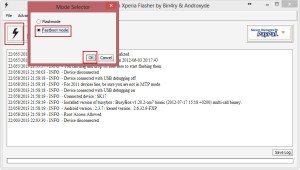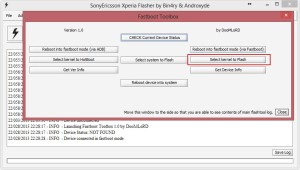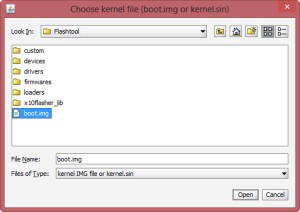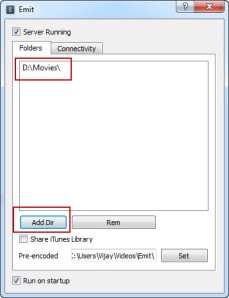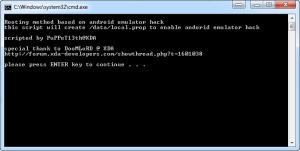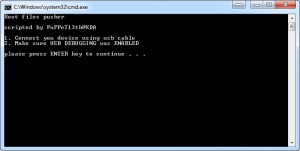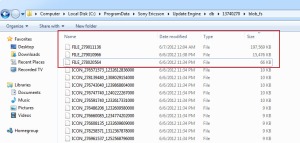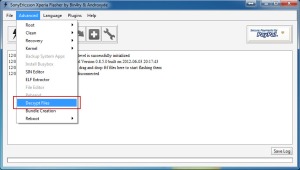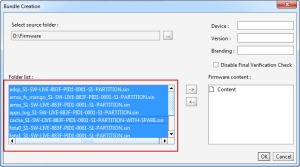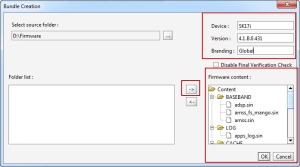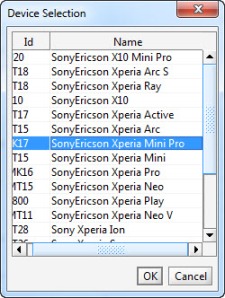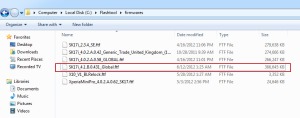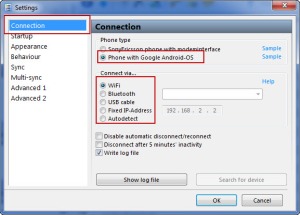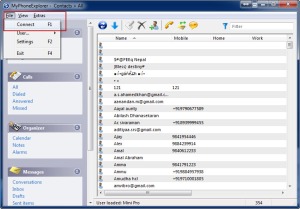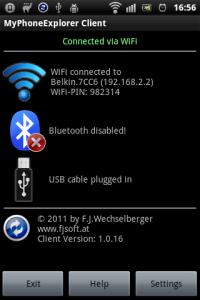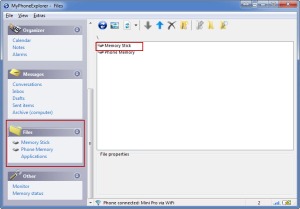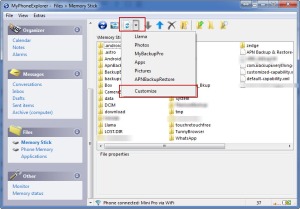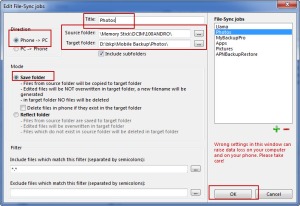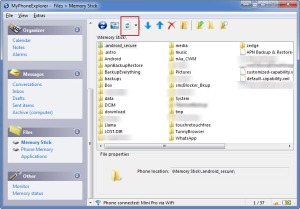Install Custom ROM on Your Sony Xperia Phone
Disclaimer: Modifying your phone can lead to an expensive paper weight if you do it wrong. Do it at your own risk.
How to Install Custom ROM on your Sony Xperia Phone
If you root your Android phone, you can do virtually anything, right from enabling career-blocked tethering to installing a custom ROM. The android community is so active that chances are that you can get tens of custom ROMs for your phone model. If you have a Sony Xperia Mini Pro, you can have hundreds of custom ROMs from the XDA forums. These custom ROMs provide you with more performance, flexibility, and more.
In this tutorial, I am going to show you how to flash custom ROM on your Xperia Mini Pro. You can use the same method for any Xperia phone. Before installing a custom ROM, you need to unlock the bootloader of your phone, though there are a few custom ROMs that can be installed on a locked bootloader. But unlocking the bootloader is well worth it, meaning you can install custom Kernel that provide you with more benefits such as more battery life or overclocking.
Unlocking the bootloader
You have two options while unlocking the bootloader. The official method which includes using your IMEI to unlock from official Sony website. Though this is the official method, you lose your warranty, and DRM too.
The other method is called the ‘test point’ method which uses a tool called S1 tool and requires you to use a test point. Though this method seems a little complicated, it’s easy and reversible. By unlocking with this method, you won’t lose DRM and whenever you want, you can relock the bootloader. But even this method has a disadvantage. Not a disadvantage but a risk-you may make your phone into an expensive paper weight, if you do it wrong. But don’t worry, it’s safe if you do it carefully. I have unlocked the bootloader of my XMP with this method and it worked like charm. Follow the instructions from here or here to unlock the bootloader with the test point method.
***Ensure that your phone is charged at least 50% before proceeding***
What You Need:
2. Flashtool
3. Preferably a phone with unlocked bootloader
4. Your custom Kernel and ROM
5. Stock ROM in FTF format. Search the XDA forums for your model number. You can also create one.
How to install:
Installing the custom Kernel and ROM is very easy. Follow these steps.
1. Make a backup of your phone data such as SMS, contacts, call logs, calendar, and so on using your favorite app.
2. Install PC Companion and Flashtool so that ADB and Fastboot drivers are installed. On your phone, go to Applications>Development>check the USB bebugging check box. Connect your phone to PC and let it install the ADB driver. This is important because, should something go wrong, you can always flash your phone stock ROM (FTF file) using Flash tool. So before proceeding, ensure the adb (and fastboot) drivers are installed. For more details, check out my previous post Root Your Xperia Phone Without Voiding Warranty.
3. Place the downloaded ROM in zip format on the micro SD card. You can do it through phone or using a card reader.
4. Turn off your phone and connect it to your PC while pressing the specific button on phone to enter the fastboot mode. For my Xperia Mini Pro, it’s the Vol + to enter fastboot mode. Wait till the driver is correctly installed.
5. Open Flashtool and click the Flash (thunder symbol)>Fastboot Mode>OK.
6. On the Fastboot Toolbox window, click Select kernel to Flash button.
7. Navigate to the folder where you have extracted the Kernel file (.img). Select it and click Open.
8. After flashing is complete, remove the cable and reboot your phone. While the phone is booting, press Vol – or Vol + button repeatedly until the phone boots into recovery. (This recovery is installed along with kernel)
9. Do these: wipe data.cache partition, advanced>Wipe Dalvik Cache, and wipe cache partition.
10. Select install zip from sdcard>choose zip from sdcard>select the ROM file (zip) and press Yes.
That’s all. Reboot your phone to enjoy the new ROM.
What to do if something goes wrong and my phone doesn’t boot up?
While installing custom ROMs can be fun, it may also render your phone unbootable. If you install a custom ROM and and it doesn’t work, you can always flash the stock ROM using Flashtool and start all over again. Look for the FTF file of your stock ROM on the XDA forums. You will certainly find one. You can also make an FTF file of your stock ROM. Check out my post How to Create an FTF file of Your Xperia ICS Firmware.
